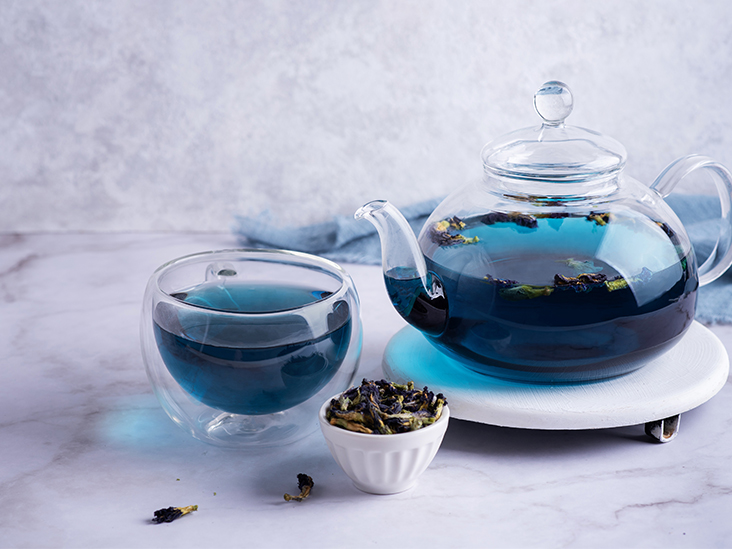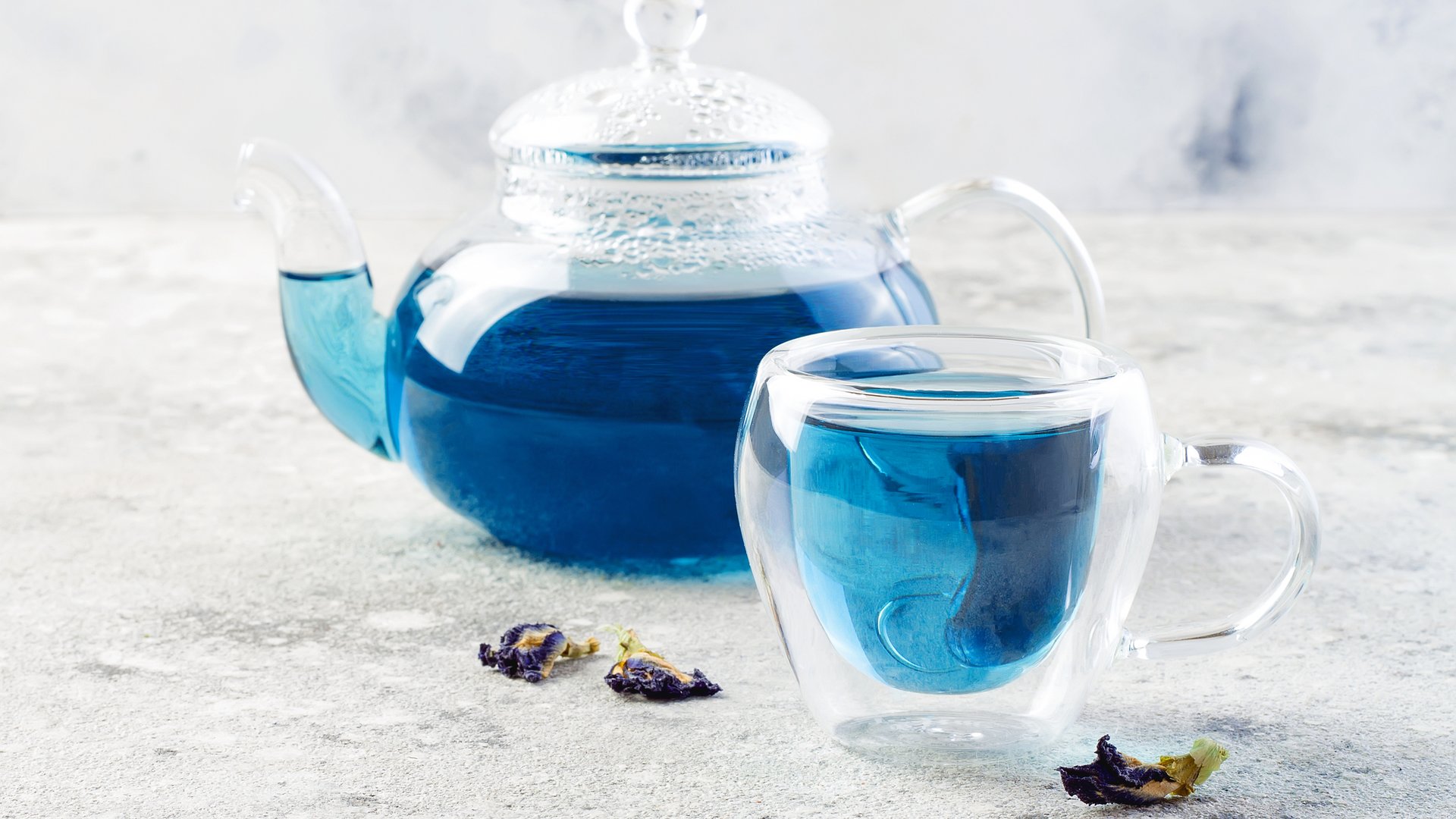Blue tea is distinguished by a variety of therapeutic qualities in addition to its lovely hue. Only in Thailand can this blue orchid tea grow.
Typically, blue tea is paired with ginger, lemon balm, mint, or cinnamon. Depending on the anthocyanin content—antioxidant compounds found in other fruits and vegetables—the color of the blossoms can range from white to blue.
Depending on its pH, tea can turn red, purple, or green after being brewed. Orchid blooms are additionally utilized as natural food coloring additives.
These are the healing properties of the tea:
Rich in antioxidants
Antioxidants are substances that eliminate “free radical” molecules. Oxidative stress brought on by an excess of free radicals in the body might cause some diseases to manifest. Additionally, anthocyanins are antioxidants that combat conditions including diabetes, heart disease, and some types of cancer.
Find out more about: How To Save Yourself From Itching After The Bites Of Annoying Mosquitoes?
Improves the work of the heart
By controlling blood pressure and cholesterol levels, blue tea can enhance heart health. According to studies, blue Thai orchid extract lowers blood pressure by relaxing the blood vessels and increasing blood flow. It also offers antithrombotic properties. In other words, it reduces the likelihood of blood clots, one of the major threats to a stroke.
Suitable for treating diabetes
Blood sugar levels can be controlled by blue tea as well. Digestive enzymes can be inhibited by blue orchid extract, according to studies. On the other side, this results in lower levels of insulin and blood sugar.
Improves brain function
According to studies, Thai blue orchid extract can help Alzheimer’s sufferers with their memory and stop further memory loss.
Possible side effects
Blue tea hasn’t yet been associated with any negative side effects. If ingested in big amounts, it could, however, result in diarrhea and stomach pain.




